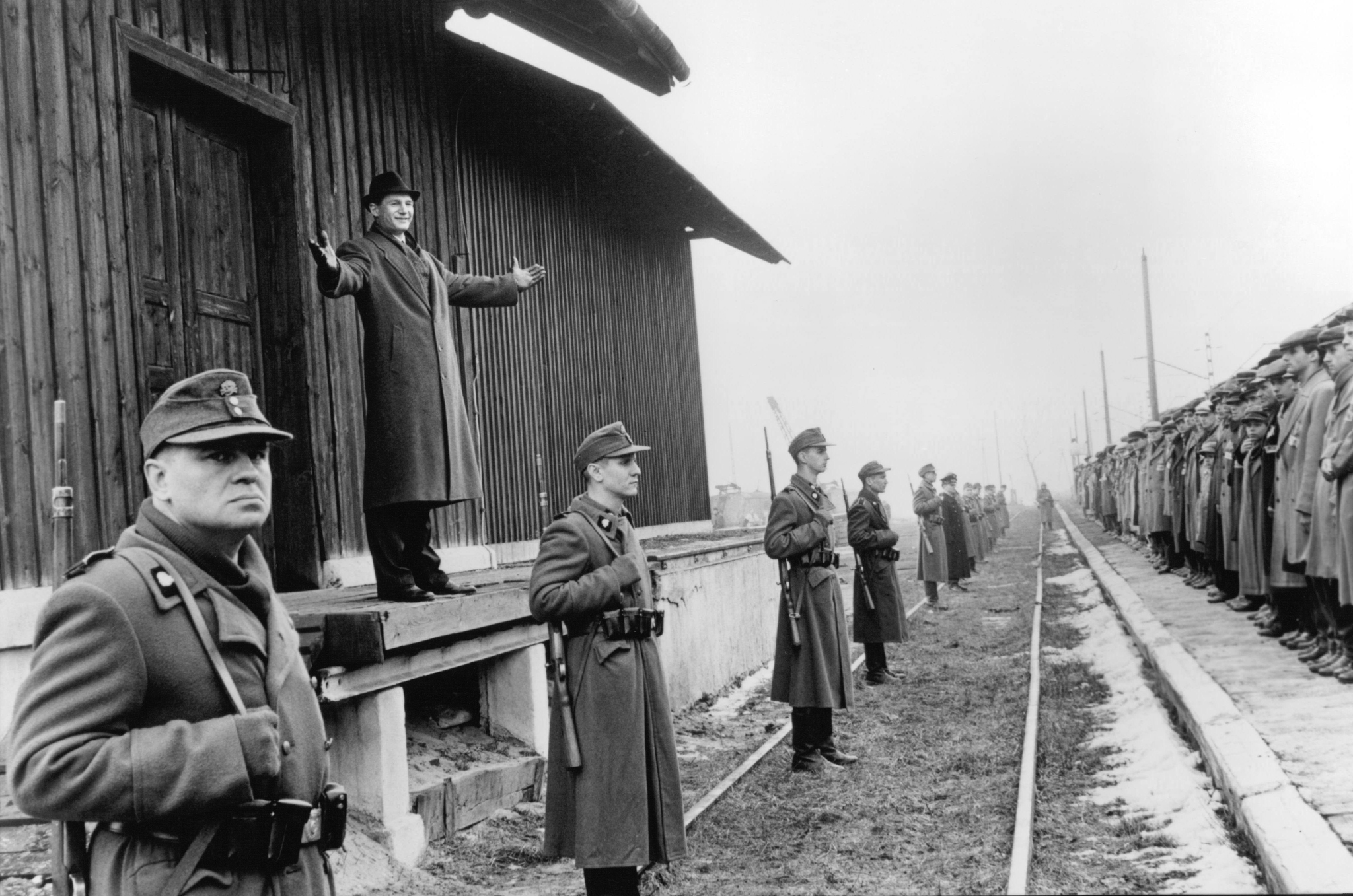Schindler’s List (1993)

![]() Schindler’s List (1993)
Schindler’s List (1993)
Schindler’s List (1993) is a historical drama film directed by Steven Spielberg, based on the true story of Oskar Schindler, a German businessman and member of the Nazi Party, who saved over 1,100 Jewish refugees during the Holocaust by employing them in his enamelware factory.
The movie begins in 1939 with the German invasion of Poland. Oskar Schindler arrives in Kraków, hoping to make a fortune by establishing a factory that will produce goods for the German army. At first, he appears to be an opportunist, using Jewish workers from the local ghetto due to their cheap labor. He bribes Nazi officials to protect his factory, and his wealth grows as the war intensifies.

However, as Schindler witnesses the horrors of the Holocaust, he undergoes a transformation. He begins to see his workers as human beings rather than tools for profit, and he uses his wealth and connections to protect them from deportation to concentration camps. Schindler goes to great lengths, including bribing Nazi officers and risking his life, to save as many Jews as possible.

The film’s emotional core is driven by the moral dilemma Schindler faces as he struggles with the mounting casualties of the war, while also balancing his personal safety and his commitment to saving lives. The haunting image of the girl in the red coat stands as a symbol of the innocence lost during the Holocaust.
The film concludes with Schindler’s financial ruin after the war and his recognition by the Jewish community as a hero. His list of names becomes a testament to his efforts, with survivors remembering him as someone who defied the Nazi regime to save lives.
Schindler’s List is renowned for its unflinching portrayal of the atrocities of the Holocaust and Schindler’s journey from a businessman to a savior. It won seven Academy Awards, including Best Picture and Best Director, and is considered one of the greatest films ever made.











